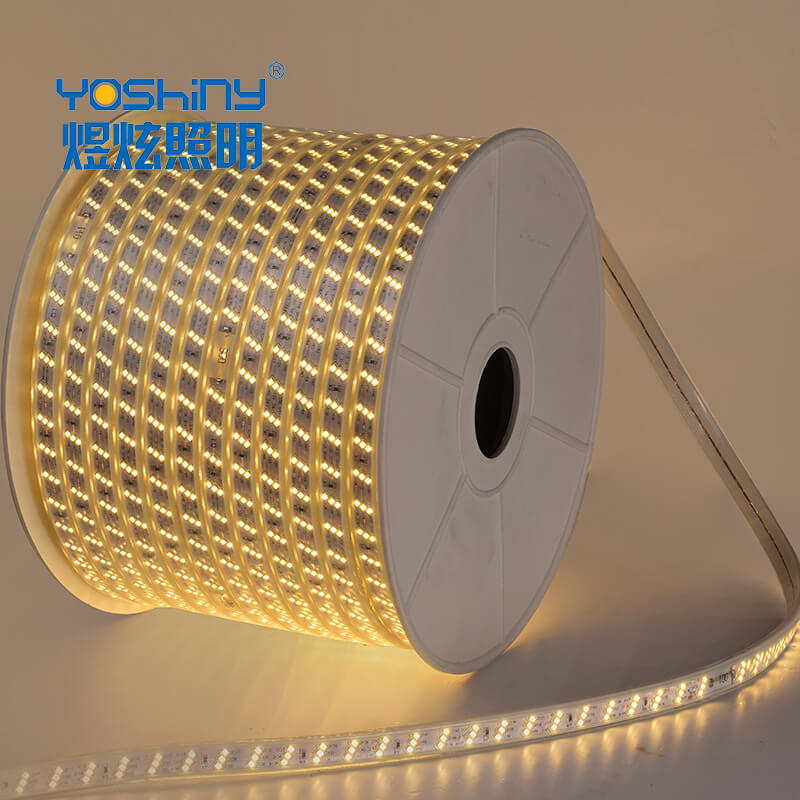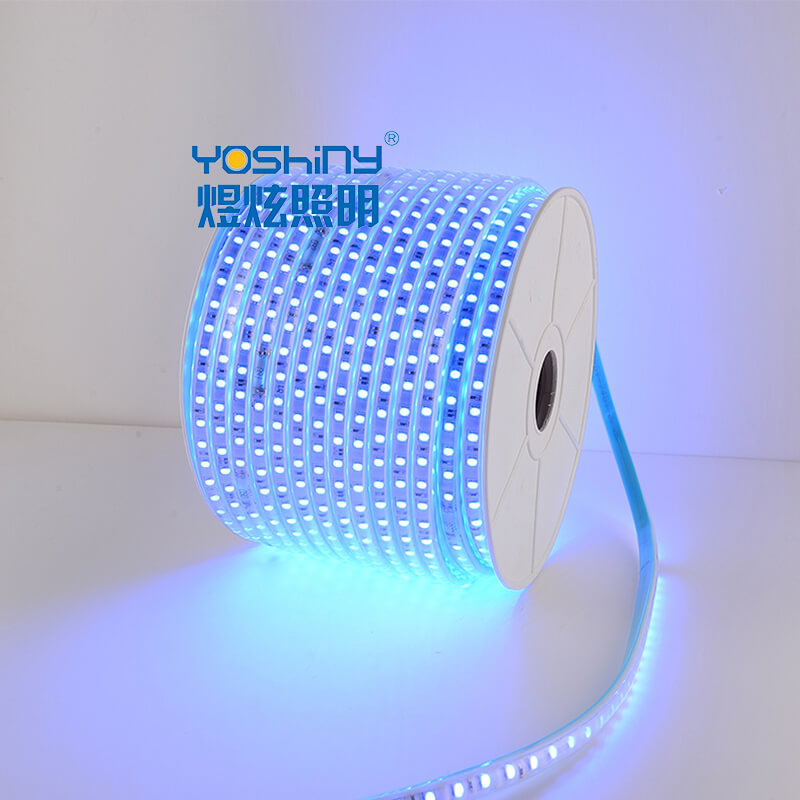LED strip lighting has revolutionized the way we light our spaces. From residential to commercial settings, these flexible and energy-efficient wonders have become a staple in the world of lighting design. This article delves into LED strip lighting, exploring its advantages, applications, and considerations in choosing the right strip.
Advantages of LED Strip Lighting
In the realm of lighting solutions, LED strip lighting stands tall, boasting a myriad of advantages that set it apart.
Energy Efficiency
In the quest for sustainability, LED strip lighting takes the lead. These strips consume significantly less energy compared to traditional lighting sources, translating into reduced electricity bills and a smaller environmental footprint. The marvel of LED technology lies in its ability to produce more light with less energy, creating a win-win scenario for both consumers and the planet.
Customization and Versatility
One of the defining features of LED strip lighting is its unparalleled customization options. With RGB (Red, Green, Blue) technology, users can paint their spaces with a spectrum of colors, setting the mood and ambiance to match any occasion. The flexibility of LED strips allows them to contour around various surfaces, offering limitless design possibilities for architects and interior designers alike.
Longevity and Durability
Gone are the days of frequent bulb replacements. LED strip lighting boasts an impressive lifespan, far outshining traditional lighting sources. The durability of these strips is further enhanced by their solid-state construction, making them resistant to shock, vibration, and external impacts. Investing in LED strip lighting ensures not only long-term cost savings but also a lighting solution that can withstand the test of time.
Applications of LED Strip Lighting
The versatility of LED strip lighting extends across diverse applications, transforming spaces with its radiant glow.
Home Decor
In the realm of interior design, LED strip lighting is a game-changer. From accentuating architectural features to creating ambient lighting in living spaces, these strips add a touch of modernity and sophistication. The ability to dim or change colors provides homeowners with dynamic control over the atmosphere of their living spaces.
Architectural Lighting
Architects embrace the flexibility of LED strips to illuminate architectural elements with precision. Whether highlighting the contours of a building facade or accentuating the lines of interior space, LED strip lighting serves as a versatile tool in the hands of designers, allowing them to sculpt and define spaces creatively.
Commercial Spaces
The impact of LED strip lighting extends beyond homes, making a significant mark in commercial environments. From retail displays that captivate customers to vibrant signage that attracts attention, LED strips offer businesses a powerful tool to enhance visibility, aesthetics, and brand presence.
Choosing the Right LED Strip
The effectiveness of LED strip lighting hinges on selecting the right strip for the intended application.
Color Temperature and Brightness
Understanding the desired ambiance is crucial when choosing the color temperature of LED strips. Whether aiming for a warm and cozy feel or a bright and energetic atmosphere, selecting the appropriate color temperature and brightness ensures that the lighting complements the space seamlessly.
IP Rating for Different Environments
For outdoor or potentially damp spaces, considering the Ingress Protection (IP) rating is paramount. The IP rating denotes the strip's resistance to dust and water, ensuring longevity and performance in diverse environmental conditions.
Power Source and Control Options
The power source and control mechanisms play a pivotal role in the functionality of LED strip lighting. Whether opting for direct wiring or relying on wireless controls, understanding the power requirements and control options ensures a hassle-free lighting experience.
Conclusion
LED strip lighting transcends the traditional boundaries of illumination, offering a versatile and energy-efficient solution for various applications. From the artistry of home decor to the precision of architectural lighting, LED strips continue to shape the way we perceive and interact with our surroundings.







